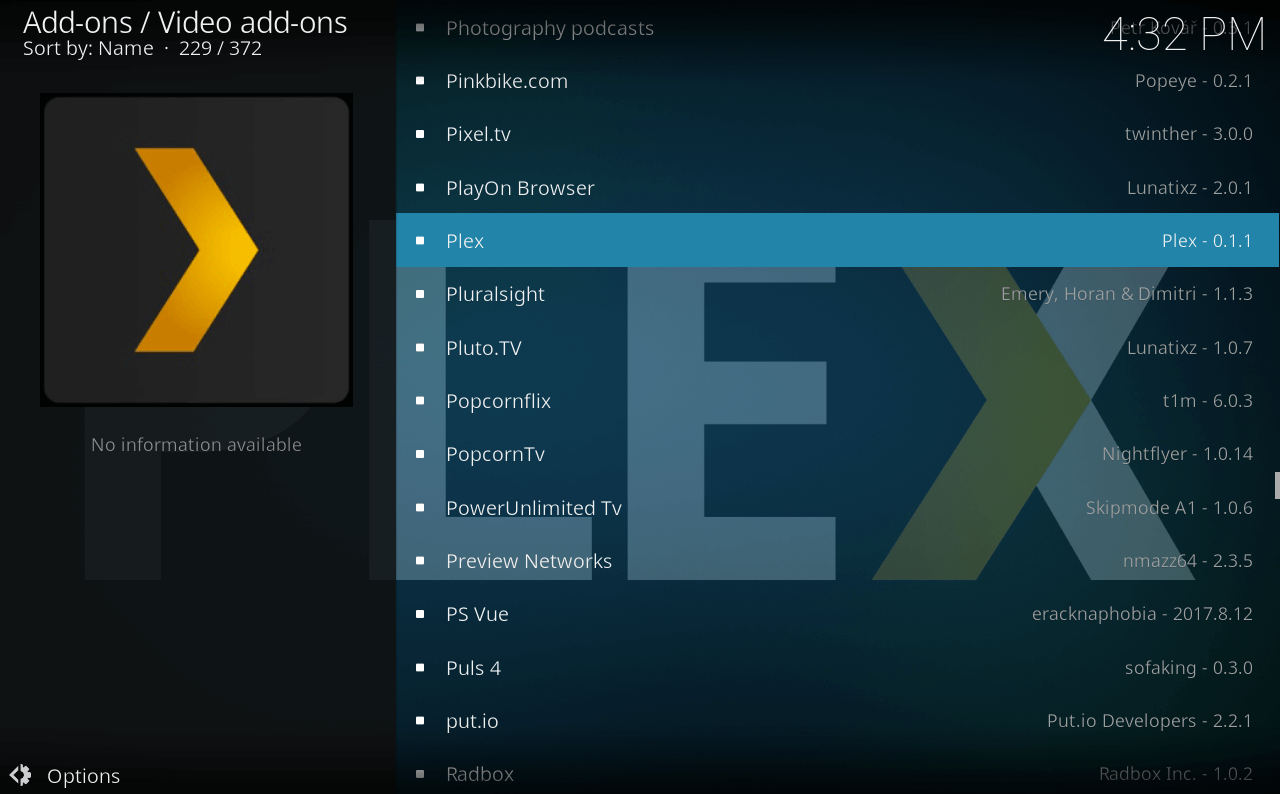
And this may not sound comfortable to most new beginners, though the Kodi software is compatible with their devices. Yet most of the Kodi installations on those platforms, say, iOS, need some workarounds like jail-breaking or side-loading.

Kodi is available on a lot of platforms, including Windows, Linux, Android, Raspberry Pi, iOS, macOS, and tvOS. Both Kodi and Plex support nearly all mainstream platforms, but Kodi still can’t compete with Plex in this round. Platform compatibility is the most obvious yet vital factor in evaluating whether the product suits you or not. If you don’t want to spend much time on this, you can scroll down to the next part to see the Kodi Plex comparison table. We will unravel more details in the next section’s Plex vs. Kodi is mainly for one person to watch content on one device, while Plex is more for people to watch and share media with his/her whole family or friends across platforms. The ultimate difference between Kodi and Plex lies in their usages. Though the two media applications have some features that overlap, they are in essence two distinct software. So you will notice the two software share some similarities, such as the functionality to access one’s local collections of movies, TV shows, music, and photos, and manage and playback the media content. Yet, Plex does have something in common with Kodi since part of Plex was actually derived from Kodi source code. But unlike Kodi, Plex is a server-client based software that can stream media content from the server to any client device. But now it has changed its name and developed into a stand-alone media player that can run on a wide selection of devices to stream movies, music, and photos flexibly.

And it’s named XBMC (Xbox Media Center) back then. Kodi is a free and open-source media player software that was first created for the first-generation Xbox game console.


 0 kommentar(er)
0 kommentar(er)
